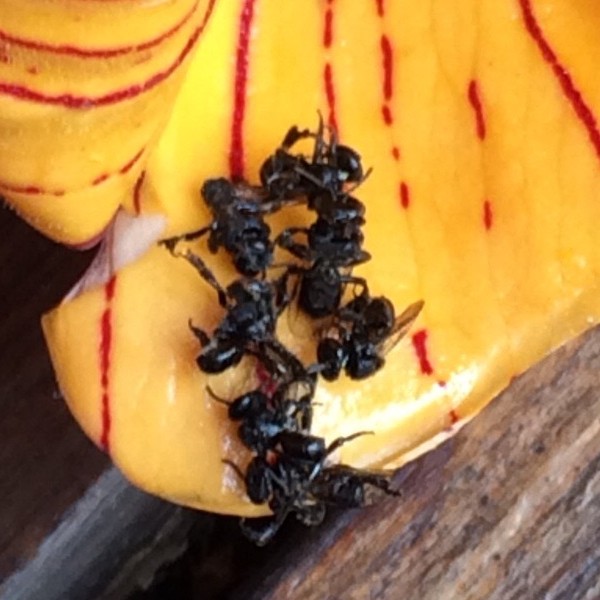Other invasive plants
Find out more about other invasive plants found in our region.
These species are not listed as priority species in our Biosecurity Plan. Read more about how our priority species were determined.
Despite this, many of these species are widespread and well-established in our region. This makes their control extremely challenging. However we can still work together to minimise their impacts and spread.
Some of these other species however are listed as restricted under the Biosecurity Act. If you have any of these restricted species on your property, you are required by law to control them:
- African fountain grass (Cenchrus setaceus syn. Pennisetum setaceum)
- African tulip tree (Spathodea campanulata)
- blackberry (Rubus anglocandicans, Rubus fruticosus aggregate)
- Captain Cook tree/yellow oleander (Cascabela thevetia syn.Thevetia peruviana)
- Lantana (Spathodea campanulata)
- mother of millions (Bryophyllum delagoense (syn. B. tubiflorum and Kalanchoe delagoensis)
- mother of millions hybrid (Bryophyllum x houghtonii)
- privet (broad-leaf/tree privet) (Ligustrum lucidum)
- privet (small-leaf/Chinese) (Ligustrum sinense)
- willows (all Salix spp. other than S. babylonica, S. x calondendron and S. x reichardtii)
- yellow bells (Tecoma stans)
- yellow oleander, Captain Cook tree (Cascabela thevetia syn.Thevetia peruviana)
Visit the Biosecurity Queensland website for more information (including images and control measures).
View the full list of other invasive plants known to occur in our region on pages 31 to 33 of the Biosecurity Plan

